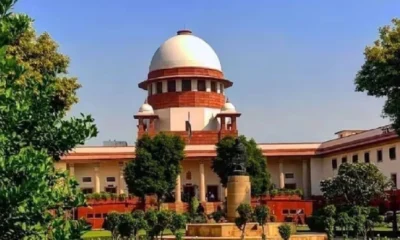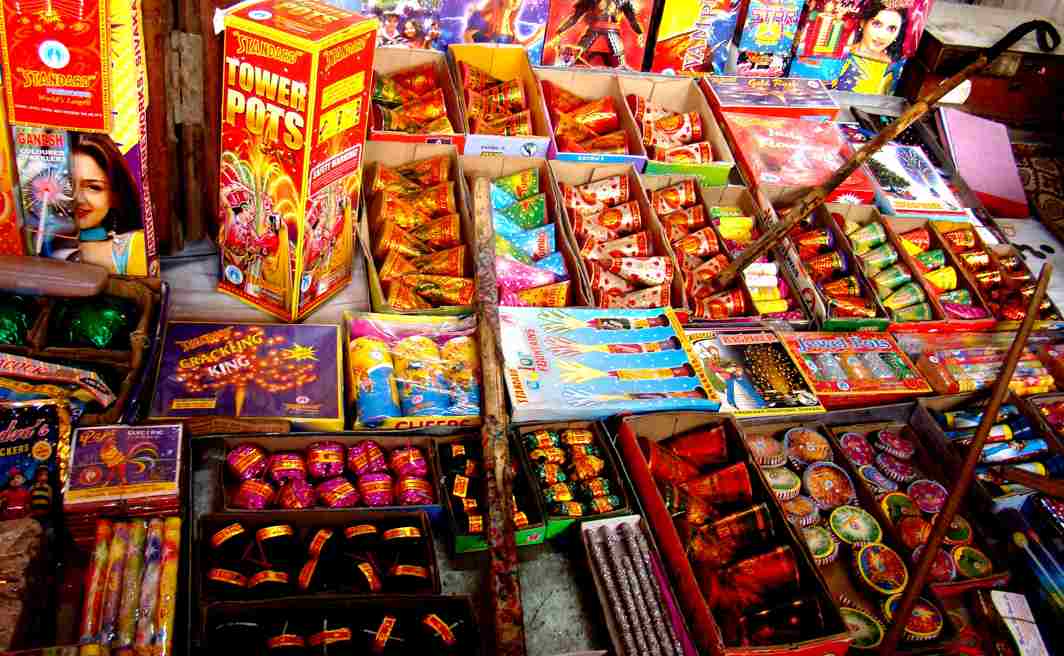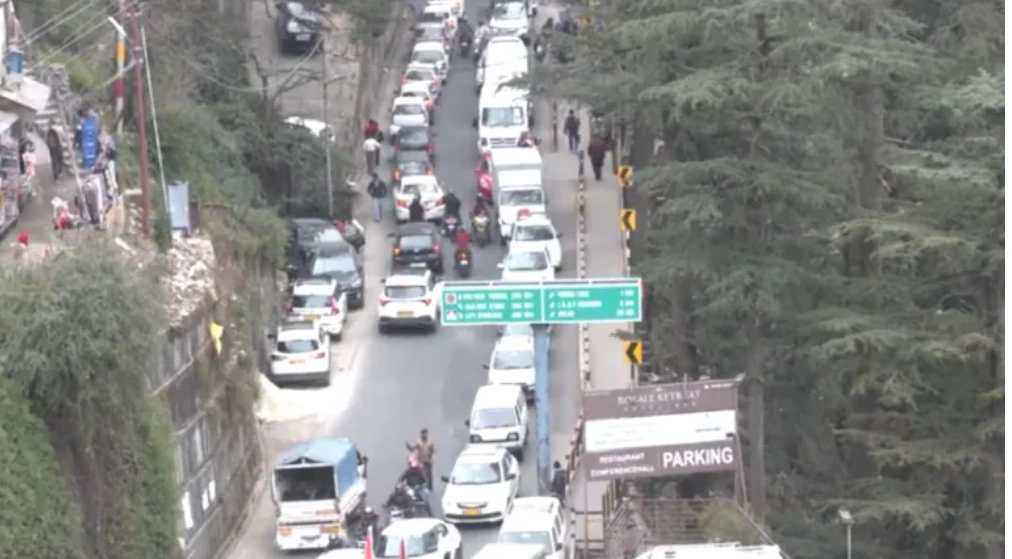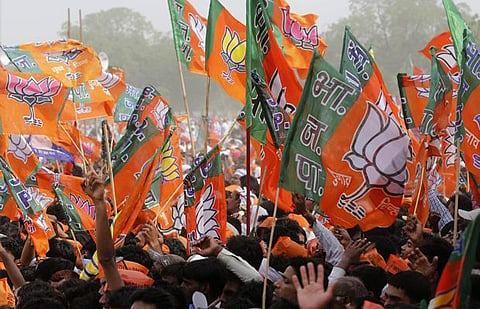Coming down hard on mob violence, the Supreme Court on Monday, October 1, issued an extensive set of guidelines to check mob violence and prevent hooligans from indulging in vandalism.
In an order that hits at the misplaced pride and sense of impunity among perpetrators of mob violence, the top court said those who indulge in such acts resulting in loss of life or damage to public or private property either directly or indirectly, shall be made liable to compensate the victims of such violence.
The guidelines were part of the last order of Justice Dipak Misra hours before he demitted office as the 45th Chief Justice of India on Monday (October 1).

The new set of guidelines are in addition to the directions given by the bench of Chief Justice (now retired) Dipak Misra and Justices AM Khanwilkar and DY Chandrachud earlier this year in the Tehseen Poonawalla case. The Court had laid down strident instructions to rein in vigilante groups, particularly those who had been wreaking havoc across the country over the past four years in the name of protecting the cow.
“Nobody has the right to become a self-appointed guardian of the law and forcibly administer his or her own interpretation of the law on others, especially not with violent means,” the bench said.
The bench further said, “Mob violence runs against the very core of our established legal principles since it signals chaos and lawlessness and the State has a duty to protect its citizens against the illegal and reprehensible acts of such groups.”
It also noted the submissions of Attorney General K K Venugopal who had unequivocally said that violent protests leading to loss of life and damage to public and private properties were against the spirit of democracy and had told the court that an amendment in the law was in the offing to deal with such offences.
The Supreme Court made it clear that states have a duty to protect the citizens.
Deprecating the “disconcerting rise” in violent protests and demonstrations by private entities targeting exhibition of movies, social functions and sections of people on moral grounds, the court said that such acts highlighted deeper malaise of “intolerance” towards views of others and passed a slew of directions to curb such incidents.
“In addition to being patently illegal and unlawful, such acts of violence highlight a deeper malaise, one of intolerance towards others’ views which then results in attempts to suppress alternate view points, artistic integrity and the freedom of speech and expression guaranteed by the Constitution of India,” the bench said.
It added: “Indeed, the people who perpetrate such actions, especially against private parties, do so without fear of consequence and reprisal, probably believing that private parties do not have the wherewithal to hold them accountable for such actions.”
The bench referred to its directions passed in cases related to cow vigilantism, mob violence and instances of honour killings and said that all those measures have to be followed by the states to ensure that no such incidents take place.
“The person/persons who has/have initiated, promoted, instigated or any way caused to occur any act of violence against cultural programmes or which results in loss of life or damage to public or private property either directly or indirectly, shall be made liable to compensate the victims of such violence,” the bench said, adding that states would have to also set up helpline numbers in this regard.
The SC Bench said the court was conscious that crimes committed by groups of “self-appointed keepers of public morality” might be on account of different reasons, but the purpose was to exercise unlawful power of authority and create fear in the minds of public.
The verdict has come on a plea filed by Kodungallur Film Society which had highlighted the serious law and order problem that had arisen before the release of controversial movie ‘Padmaavat’.
The bench said that states must step in and perform their duty by taking measures to prevent such acts from occurring in the first place, and ensure that law-enforcement agencies exercise their power to bring the guilty to book and impose time-bound and adequate punishment for any lapses.
It said: “This court has time and time again underscored the supremacy of law and that one must not forget that administration of law can only be done by law-enforcing agencies recognised by law.
It said: “A comprehensive structure will have to be evolved in the respective states so that the issues of accountability and efficiency in curbing incidents of peaceful protests turning into mob violence, causing damage to property including investigation, remedial and punitive measures, are duly addressed”.
The verdict also took note of its 2009 judgement in which various directions were passed after taking cognisance of various incidents of large scale destruction of public and private properties in the name of “agitations, bandhs and hartals”.
It said that additional responsibilities would be fastened upon the nodal officers who have been appointed in pursuance of the earlier verdict in the mob violence case.
Now, these nodal officers would also be responsible for creating and maintaining a list of cultural establishments, including theatres, cinema halls, music venues, performance halls and centres and art galleries within the district, and pin point such vulnerable establishments which have been attacked/damaged by mob over the past five years.
It said that these measures have to implemented by the Centre and states governments expeditiously within a period of eight weeks.
The bench also said that when any act of violence results in damage to property, the concerned police officials should file FIRs and complete the investigation as far as possible within the statutory period and submit a report in that regard.
The new set of directives, the bench said, will have to be implemented by the Centre and the State Governments in addition to the guidelines laid out in the mob lynching (Tehseen Poonawalla) case and in Re: Destruction of Public and Private Properties v. Govt of AP (2009).
“The recommendations that we have made be implemented by the Central and State governments as expeditiously as possible, preferably within a period of 8 (eight) weeks from today,” Justice Khanwilkar said in the verdict.
The bench has issued five sets of directions, which are as follows:
A. Structural and preventive measures
a) In addition to the responsibilities ascribed to the Nodal Officer(s) as set out in Tehseen Poonawalla (supra), the said Nodal Officer(s) would also be responsible for creating and maintaining a list containing the various cultural establishments, including theatres, cinema halls, music venues, performance halls and centres and art galleries within the district, and pin point vulnerable cultural establishments and property which have been attacked/damaged by mob violence over the past 5 (five) years. This list would be updated on a regular basis to account for any new openings/closings of establishments.
b) In addition to the prohibition against weaponry laid down in paragraph 12 (II) of In Re: Destruction of Public and Private Properties (supra), any person found to be carrying prohibited weaponry, licensed or otherwise, during protests/demonstrations would prima facie be presumed to have an intention to commit violence and be proceeded in that regard as per law.
c) The State governments should set up Rapid Response Teams preferably district-wise which are specially trained to deal with and can be quickly mobilized to respond to acts of mob violence.
d) The State governments should set up special helplines to deal with instances of mob violence.
e) The State police shall create and maintain a cyber information portal on its website and on its internet-based application(s) for reporting instances of mob violence and destruction of public and private properties.
B. Remedies to minimize, if not extirpate, the impending mob violence
a) The Nodal Officer(s) will coordinate with local emergency services, including police stations, fire brigades, hospital and medical services and disaster management authorities during incidents of mob violence in order to have a comprehensive and consolidated response to the situation.
b) The authorities must consider the use of non-lethal crowd-control devices, like water cannons and tear gas, which cause minimum injury to people but at the same time, act as an effective deterrent against mob force.
c) The authorities must ensure that arrests of miscreants found on the spot are done in the right earnest.
d) The Nodal Officer(s), may consider taking appropriate steps as per law including to impose reasonable restrictions on the social media and internet-based communication services or mobile applications… if the situation so warrants.
e) The Nodal Officer(s) must take coordinated efforts and issue messages across various audio-visual mediums to restore peace and to stop/control rumours.
C. Liability of person causing violence
a) If a call to violence results in damage to property, either directly or indirectly, and has been made through a spokesperson or through social media accounts of any group/organization(s) or by any individual, appropriate action should be taken against such person(s) including under Sections 153A, 295A read with 298 and 425 of the Indian Penal Code, 1860.
b) In instances where a group/organisation has staged a protest or demonstration resulting in violence and damage to property, the leaders and office bearers of such group/organisation should physically present themselves for questioning, on their own, within 24 (twenty four) hours, in the police station within whose jurisdiction the violence and damage occurred. Any such person(s) failing to present himself/herself in such manner without any sufficient reason should be proceeded against as a suspect and legal process must be initiated forthwith against him/her including for being declared an absconder in accordance with law.
c) A person arrested for either committing or initiating, promoting, instigating or in any way causing to occur any act of violence which results in loss of life or damage to property may be granted conditional bail upon depositing the quantified loss caused due to such violence or furnishing security for such quantified loss… If the loss is yet to be quantified by the appropriate authority, the judge hearing the bail application may quantify the amount of tentative damages (which shall be subject to final determination thereof by the appropriate authority)…
D. Responsibility of police officials
a) When any act of violence results in damage to property, concerned police officials should file FIRs and complete investigation as far as possible within the statutory period and submit a report in that regard. Any failure to file FIRs and conduct investigations within the statutory period without sufficient cause should be considered as dereliction of duty on behalf of the concerned officer and can be proceeded against by way of departmental action in right earnest.
b) Since the Nodal Officer(s) holds the overall responsibility in each district to prevent mob violence against cultural establishments and against property, any unexplained and/or unsubstantiated delay in filing FIRs and/or conducting investigations in that regard should also be deemed to be inaction on the part of the said Nodal Officer(s).
c) Officer-in-charge should first call upon from the panel of local video operators maintained by the concerned police station to video-record the events. If the said video operators are unable to record the events for whatever reason or if the officer-in-charge is of the opinion that supplementary information is required, then he/she can also call upon private video operators to record the events and request the media for information on the incident in question, if need be.
d) Status reports of the investigation(s)/trial(s) concerning such offences as set out hereinabove, including the results of such trial(s), shall be uploaded on the official website of the concerned State police on a regular basis.
e) In the event of acquittal of any person(s) accused of committing such offences as set out hereinabove, the Nodal Officer(s) must coordinate with the Public Prosecutor for filing appeal against such acquittal, in the right earnest.
E. Compensation
a) The person/persons who has/have initiated, promoted, instigated or any way caused to occur any act of violence against cultural programmes or which results in loss of life or damage to public or private property either directly or indirectly, shall be made liable to compensate the victims of such violence.
b) Claims arising out of such acts of violence should be dealt with in the manner prescribed in paragraph 15 of In Re: Destruction of Public and Private Properties (supra).
c) This compensation should be with regard to the loss of life or damage done to any public or private properties, both movable and immovable.

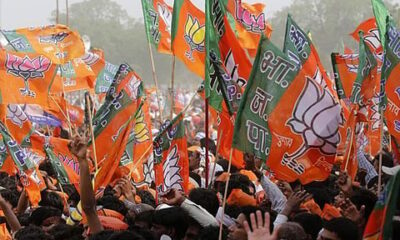
 India News19 hours ago
India News19 hours ago
 India News20 hours ago
India News20 hours ago
 India News17 hours ago
India News17 hours ago
 Entertainment17 hours ago
Entertainment17 hours ago
 Latest world news15 hours ago
Latest world news15 hours ago
 India News23 hours ago
India News23 hours ago
 India News23 hours ago
India News23 hours ago
 India News17 hours ago
India News17 hours ago

